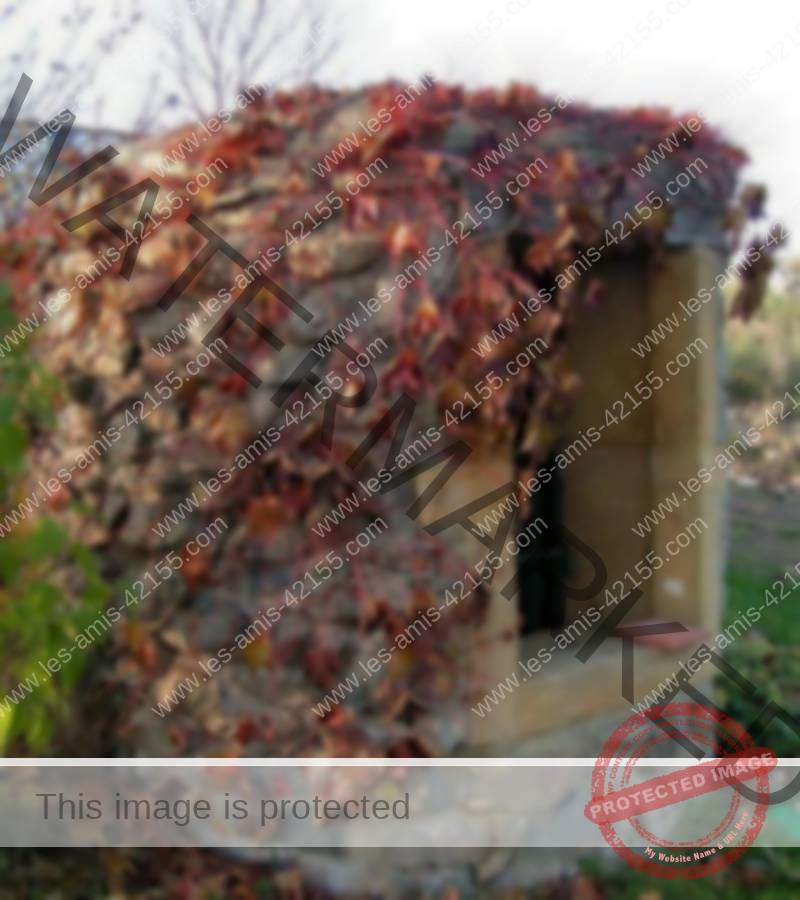At the bend of paths, in the many hamlets of our village, the walker will be surprised to discover signs of human occupation of the countryside.
At the bend of paths, in the many hamlets of our village, the walker will be surprised to discover signs of human occupation of the countryside.
One can find many buildings belonging to our cultural heritage : often small in size, they are always well integrated to their environment: crosses, chapels, wells, farms with porch or characteristic balcony, hut of vine …
They are true markers of farming and wine-making activities, or symbols of popular and religious beliefs.
Made of materials found there, elaborated with techniques and know-how specific to our region, these monuments of our campaigns are also called “vernacular” (from the Latin vernaculum), which means “native”, “characteritic of a territory “.
These testimonies to former times wrongly and a little contemptuosly called “small heritage” deserve, on the contrary, all our attention like more emblematic architectural monuments. Recently, they have been better considered: there are more and more publications and heritage surveys made by local associations, which enable people to become aware of the scarcity of these buildings.
In the same way, cultural and tourist animations highlight them during circuits or heritage rallies or during the National Heritage Day organized by the FNASSEM, currently Heritage Foundation.
Endangered, damaged by the ravages of time, by the deplorable demolitions or by the unscrupulous pillage of the followers of the “all modern”, our association takes action to make an survey of them before it is too late.
Our goal is to make them known to the majority of people so that they can appreciate their true heritage value.



